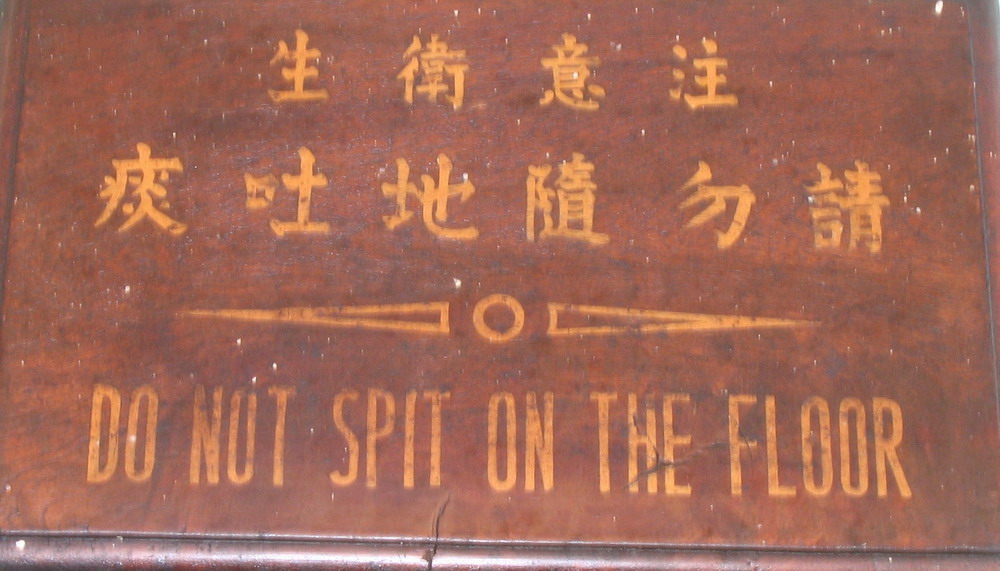You only have to look at the ingredient list on cans and boxes of juice drinks to see how little fruit you’re getting and how much you’re paying for water, sugar and citric acid. On top of this, even if it isn’t marketed as lo-cal or no added sugar, they often add some form of artificial sweetener, which leaves a nasty taste in your mouth if you’re a sensitive soul like me. 🙂
Some drinks also list malic acid, which naturally occurs in apples, grapes and in unripe fruit, and abscorbic acid, which is vitamin C.
Once upon a time, chemists used to sell Vitamin C powder BP really cheaply, but now you have to go a shop selling supplements, like Holland and Barret or order it from a chemist – it is no longer super cheap – but as the body can only absorb so much per day, you only want to use a little and it is of some health benefit, unlike the other two.
Citric acid and malic acid are both supersour – you will only want to use a fraction of a fraction of a fraction of a teaspoon for a whole jug of drink – citric acid is generally the easiest to find – in any Asian shop selling spices – and costs about 60p a packet, which will last you months and months.
So using juice or tea, simple sugar syrup (half water, half sugar), a small pinch of your chosen acid and still or fizzy water, you can make your own soft drinks. Not only will this be cheaper, but you have some control over how much sugar your family consumes.
HOWEVER, these should still only be consumed in small quantities! Try to persuade your family to eat a whole piece of fruit instead – apparently the huge amount of sugar/sweeteners we consume in soft drinks leads to fatty liver disease and diabetes and is just as harmful as full on alcoholism – but if you consume it as whole fruit, the fibre in the fruit stops it attaching itself to our livers – so now you know why I seem to be forever eating oranges!
Finally, the excess juice from a vacuum packed packet of boiled beetroot and the coloured water from boiling annatto seeds (known quaintly as the lipstick plant)can be used as entirely natural colouring…annatto is used to colour custard powder and double gloucester cheese – so it’s not some weird thing you’ve never eaten before….a small amount of these two or a mixture will give you pink, red, orange or yellow.
more homemade soft drinks – the basics
Reply
